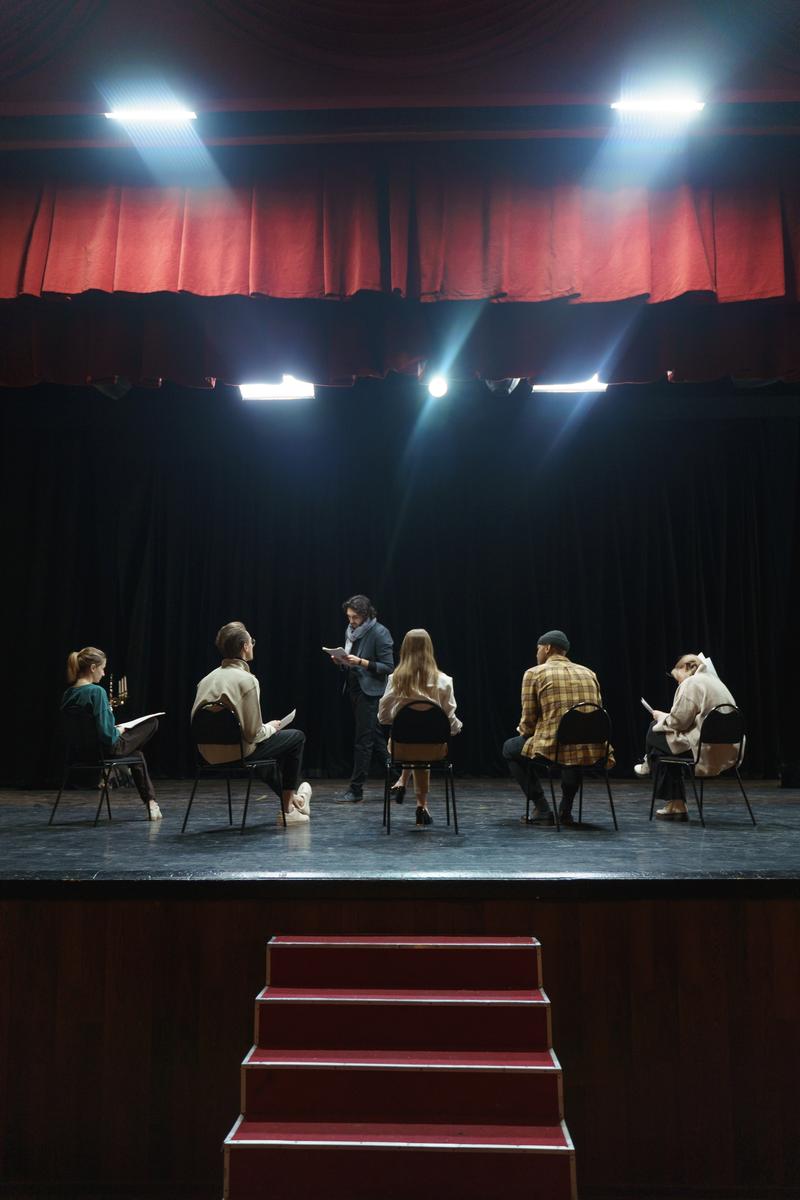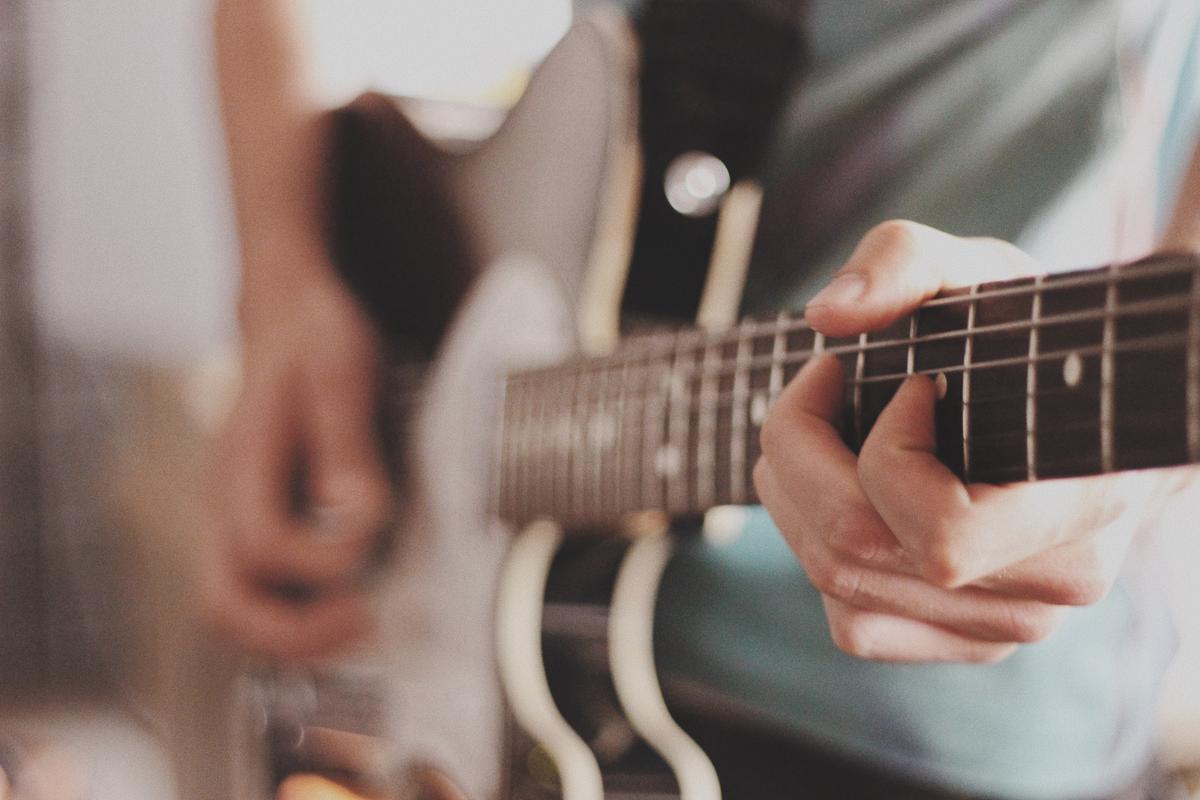Performing Arts Group
Course Outlines

Performing Arts Group
Course Outlines
Scroll down for descriptions of:
Course Description


VCE Drama focuses on the creation and performance of characters and stories that communicate ideas, meaning and messages. Students use creative processes, a range of stimulus material and play-making techniques to develop and present devised work. Students learn about and draw on a range of performance styles relevant to practices of ritual and story-telling, contemporary drama practice and the work of significant drama practitioners. Students explore characteristics of selected performance and apply and manipulate conventions, dramatic elements and production areas. They use performance skills and expressive skills to explore and develop role and character. The performances they create will go beyond the reality of life as it is lived and may pass comment on or respond to aspects of the real world. These performances can occur in any space. Students also analyse the development of their own work and performances by other drama practitioners.
Course structure
Unit 1: Introducing performance styles
In this unit students study three or more performance styles from a range of social, historical and cultural contexts. They examine drama traditions of ritual and storytelling to devise performances that go beyond re-creation and/or representation of real life as it is lived.
Area of Study
Unit 2: Australian identity
In this unit students study aspects of Australian identity evident in contemporary drama practice. This may also involve exploring the work of selected drama practitioners and associated performance styles. This unit focuses on the use and documentation of the processes involved in constructing a devised solo or ensemble performance. Students create, present and analyse a performance based on a person, an event, an issue, a place, an artwork, a text and/or an icon from a contemporary or historical Australian context.
Area of Study
Unit 3: Devised ensemble performance
In this unit students explore the work of drama practitioners and draw on contemporary practice as they devise ensemble performance work. Students explore performance styles and associated conventions from a diverse range of contemporary and/or traditional contexts. They work collaboratively to devise, develop and present an ensemble performance. Students create work that reflects a specific performance style or one that draws on multiple performance styles and is therefore eclectic in nature. They use play-making techniques to extract dramatic potential from stimulus material, then apply and manipulate conventions, dramatic elements, expressive skills, performance skills and production areas. Throughout development of the work they experiment with transformation of character, time and place, and application of symbol. Students devise and shape their work to communicate meaning or to have a specific impact on their audience. In addition, students document and evaluate stages involved in the creation, development and presentation of the ensemble performance.
Area of Study
Unit 4: Devised solo performance
This unit focuses on the development and the presentation of devised solo performances. Students explore contemporary practice and works that are eclectic in nature; that is, they draw on a range of performance styles and associated conventions from a diverse range of contemporary and traditional contexts. Students develop skills in extracting dramatic potential from stimulus material and use play-making techniques to develop and present a short solo performance. They experiment with application of symbol and transformation of character, time and place. They apply conventions, dramatic elements, expressive skills, performance skills and performance styles to shape and give meaning to their work. Students further develop and refine these skills as they create a performance in response to a prescribed structure. They consider the use of production areas to enhance their performance and the application of symbol and transformations. Students document and evaluate the stages involved in the creation, development and presentation of their solo performance.
Area of Study
Entry and Recommendations
There are no prerequisites for entry to Units 1, 2 and 3. Students must undertake Unit 3 and Unit 4 as a sequence.
Assessment
Satisfactory completion
Demonstration of achievement of outcomes and satisfactory completion of a unit are determined by evidence gained through the assessment of a range of learning activities and tasks.
Level of achievement
Unit 1 and 2
Unit 3 and 4


Course Description
Music holds a significant and special place in the everyday life of all cultures and societies. Studying Music can enhance your enjoyment of music and the arts, develop your practical and creative potential, and allow you to contribute to your community’s cultural life.
The course of study allows you to become a creative and adaptable thinker and problem solver, making informed decisions and developing your abilities to analyse and critically evaluate. A deeper level of knowledge, understanding and active participation in music-making may support you in maintaining a lifelong engagement with music as an art form and as a means of creative, artistic and emotional expression.
Through performance, students sing and play music, demonstrating their knowledge and practical music skills through refining solo and/or ensemble performances. Students realise music ideas through the demonstration and interpretation of music elements and concepts to convey meaning and/or emotion to an audience.
Through creating, students explore the manipulation of sound, producing new music works and arrangements. Using the music elements and concepts, students apply their knowledge and understanding of compositional devices to their own creations and the works of others.
Through responding and analysing, students investigate and explain the use of music elements, concepts and compositional devices, and respond to music from a variety of contexts, styles and genres. They develop knowledge and skills in identifying and understanding how music is organised, how effect is created and how influences and cultural contexts are manifested in works.
Course Structure
The study is made up of ten units. Each unit deals with specific content contained in areas of study and is designed to enable students to achieve a set of outcomes for that unit. Each outcome is described in terms of key knowledge and key skills.
All students study units 1&2 in year 11 covering performance, creating, analysing and responding. In year 12 students select the course which best suits personal learning and success
The study structure is:


Unit 1 – Organisation of Music
In this unit students explore and develop their understanding of how music is organised. By performing, creating, analysing and responding to music works that exhibit different approaches, students explore and develop their understanding of the possibilities of musical organisation.
Area of Study
Unit 2 – Effect in Music
In this unit, students focus on the way music can be used to create an intended effect. By performing, analysing and responding to music works/examples that create different effects, students explore and develop their understanding of the possibilities of how effect can be created. Through creating their own music, they reflect this exploration and understanding.
Area of Study
Units 3 and 4
Students select the course which best suits personal learning and success
Option 1: Music inquiry
This study offers pathways for students whose main interest is a combination of performing, composing/arranging and investigating music through music making, analysing and responding in relation to their particular interests. It recognises that music is frequently a collaborative art where students work with others, and at other times individually.
Unit 3 – Influence in Music
Area of Study
Unit 4 – Project
Area of Study
Option 2: Contemporary music performance
This study offers pathways for students whose performance practice includes embellishment and/or improvisation, uses collaborative and aural practices in learning, often takes recordings as a primary text, and projects a personal voice. Students study the work of other performers and analyse their approaches to interpretation and how personal voice can be developed through reimagining existing music works. They refine selected strategies to enhance their own approach to performance.
Areas of Study
Option 3: Music repertoire performance
This study is designed for students whose musical interests are grounded in the recreation and interpretation of notated musical works, and who wish to gain and share knowledge of musical styles and performance practices. Students may present on any instrument for which there is an established repertoire of notated works. They work towards a recital program that demonstrates highly developed technical skills and stylistic refinement as both a soloist and as an ensemble member. They develop the capacity for critical evaluations of their performances and those of others, and an ability to articulate their performance decisions with musical evidence and independence of thought.
Areas of Study
Option 4: Music composition
This study allows students to explore the organisation of sound in music to create expressive outcomes. Through critical listening, analysis and composition in notated and/or digital media, students develop understanding of the ways music is organised, created and performed in a range of styles and traditions. Study of music works in diverse styles and traditions involves aural and visual analysis and consideration of the organisation of each work. Students’ analysis and knowledge of how composers use ideas, stimuli and creative processes becomes a starting point for creating their own music.
Areas of Study
Entry and Recommendations
There are no prerequisites for entry to Units 1, 2 and 3. Students must undertake Unit 3 and Unit 4 as a sequence.
Units 1 to 4 are designed to a standard equivalent to the final two years of secondary education. All VCE studies are benchmarked against comparable national and international curriculum.
Assessment
Units 1 & 2
Satisfactory Completion
Demonstration of achievement of outcomes and satisfactory completion of a unit are determined by evidence gained through the assessment of a range of learning activities and tasks.
Level of Achievement
Units 3 & 4
Music inquiry
Music contemporary performance
Music repertoire performance
Music composition